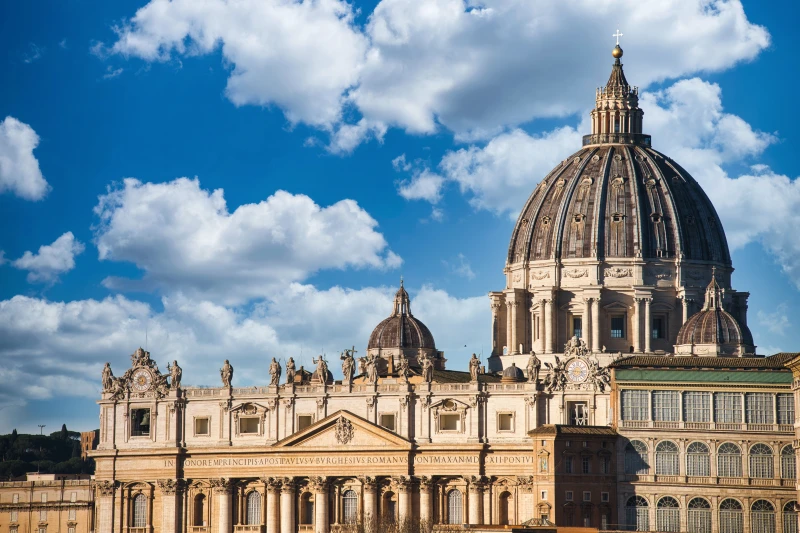 St. Peter’s Basilica. / Credi: cinemavision/Shutterstock
St. Peter’s Basilica. / Credi: cinemavision/Shutterstock
CNA Staff, Aug 1, 2025 / 06:00 am (CNA).
The Vatican announced Thursday that St. John Henry Newman will be declared a doctor of the Church. The 19th-century English saint — a former Anglican priest who converted to Catholicism — will join 37 other saints who have been given the same honor.
Born in London and baptized into the Church of England in 1801, Newman was a popular and respected Anglican priest, theologian, and writer among his peers prior to his conversion to Catholicism in 1845. He was ordained a Catholic priest in 1847 and later made a cardinal by Pope Leo XIII in 1879.
As a Catholic, Newman deepened and contributed to the Church’s teaching, thanks to his broad knowledge of theology and his keen insight into modern times, grounded in the Gospel. His body of work includes 40 books and more than 20,000 letters.
He died in Edgbaston, England, in 1890. He was beatified by Pope Benedict XVI on Sept. 19, 2010, and canonized by Pope Francis on Oct. 13, 2019.
What is a ‘doctor of the Church’?
The title “doctor of the Church” recognizes those canonized men and women who possessed profound knowledge, were superb teachers, and contributed significantly to the Church’s theology.
Traditionally, the title has been granted on the basis of three requirements: the manifest holiness of a candidate affirmed by his or her canonization as a saint; the person’s eminence in doctrine demonstrated by the leaving behind of a body of teachings that made significant and lasting contributions to the life of the Church; and a formal declaration by the Church, usually by a pope.
While their teachings are not considered infallible, being declared a “doctor” means that they contributed to the formulation of Christian teaching in at least one significant area and this teaching has impacted later generations.
Not quite half of the saints revered as doctors in the Catholic Church are also honored in the Orthodox church since they lived before the Great Schism in 1054.
The most recent doctor of the Church to be named was St. Irenaeus of Lyon, with the title “doctor unitatis” (“doctor of unity”), in 2022. Pope Francis had previously in 2015 named as a doctor of the Church St. Gregory of Narek, a 10th-century priest, monk, mystic, and poet beloved among Armenian Christians.
Other notable saints who are doctors of the Church include St. Teresa of Ávila, St. Augustine, St. Ambrose, St. Catherine of Siena, St. Thomas Aquinas, St. Thérèse of Lisieux, St. Anthony of Padua, and St. Francis de Sales, among others.
The Vatican has not yet confirmed the date of Newman’s formal proclamation as a doctor of the Church.
Original Source: